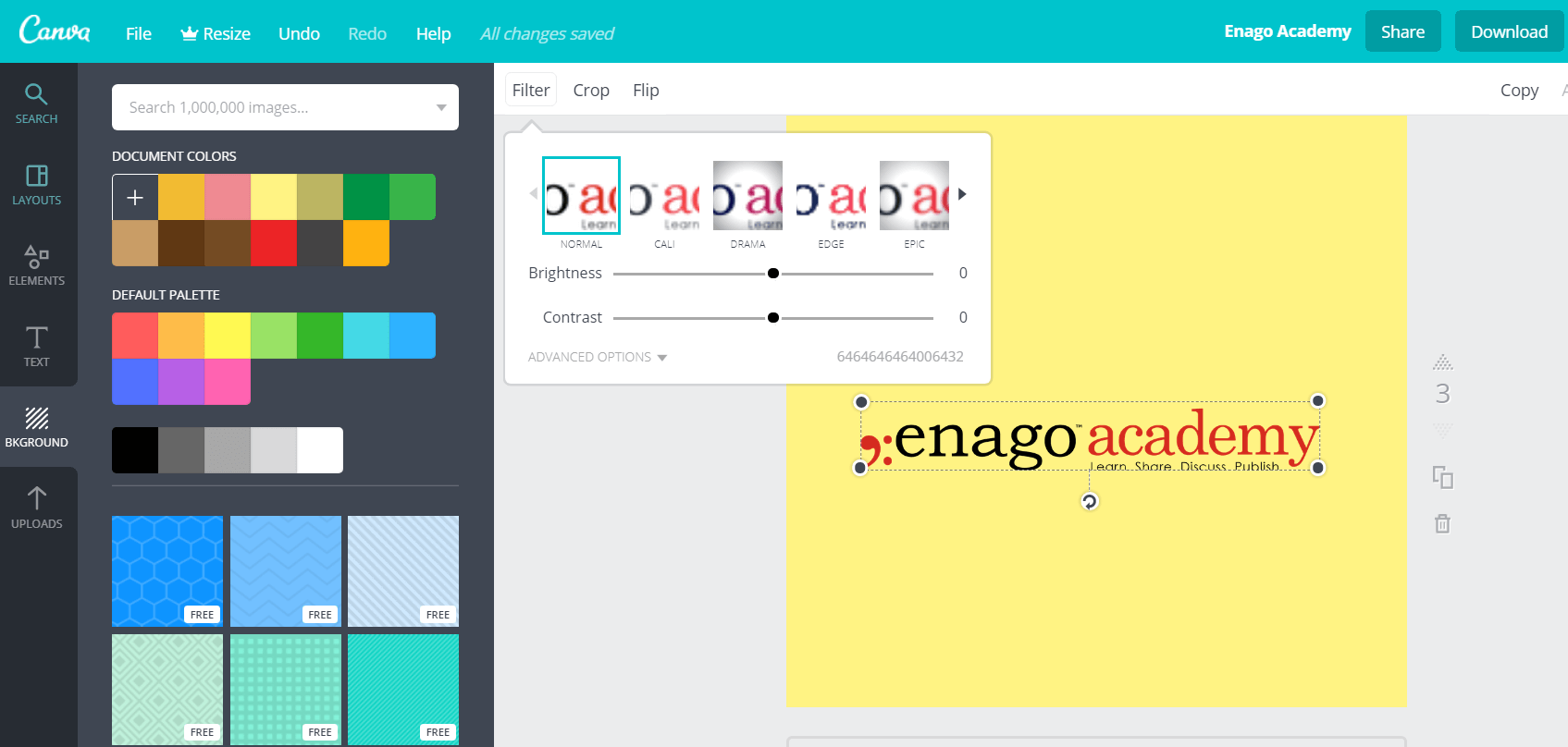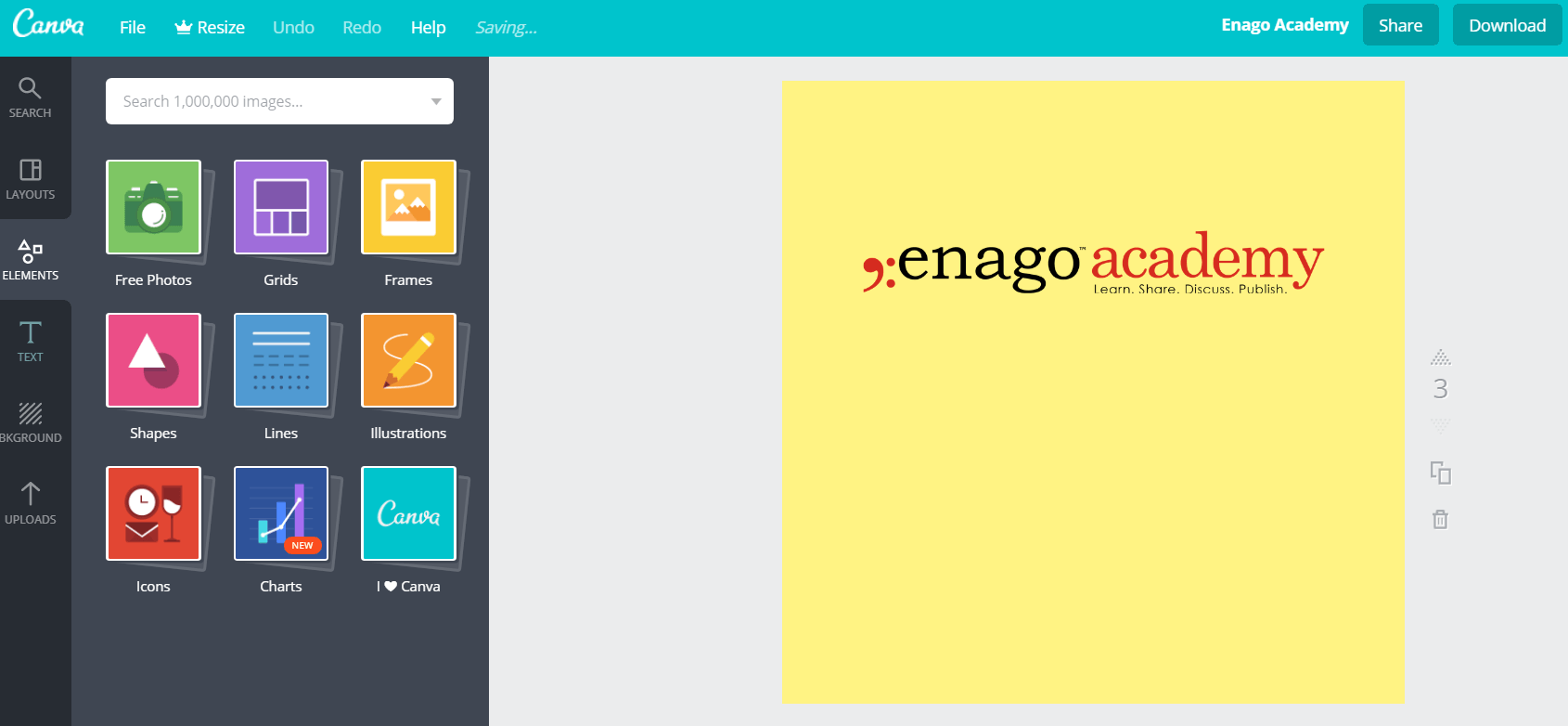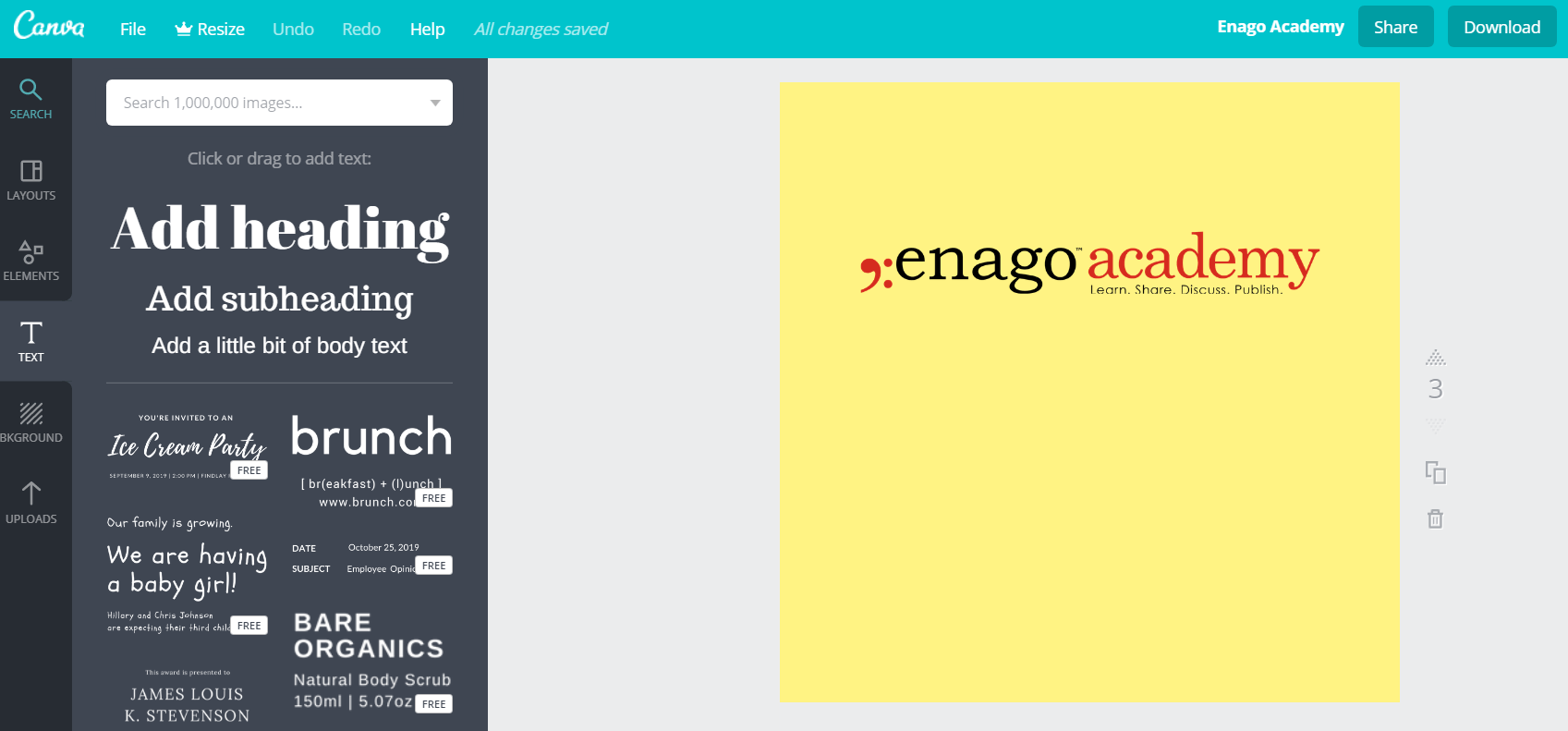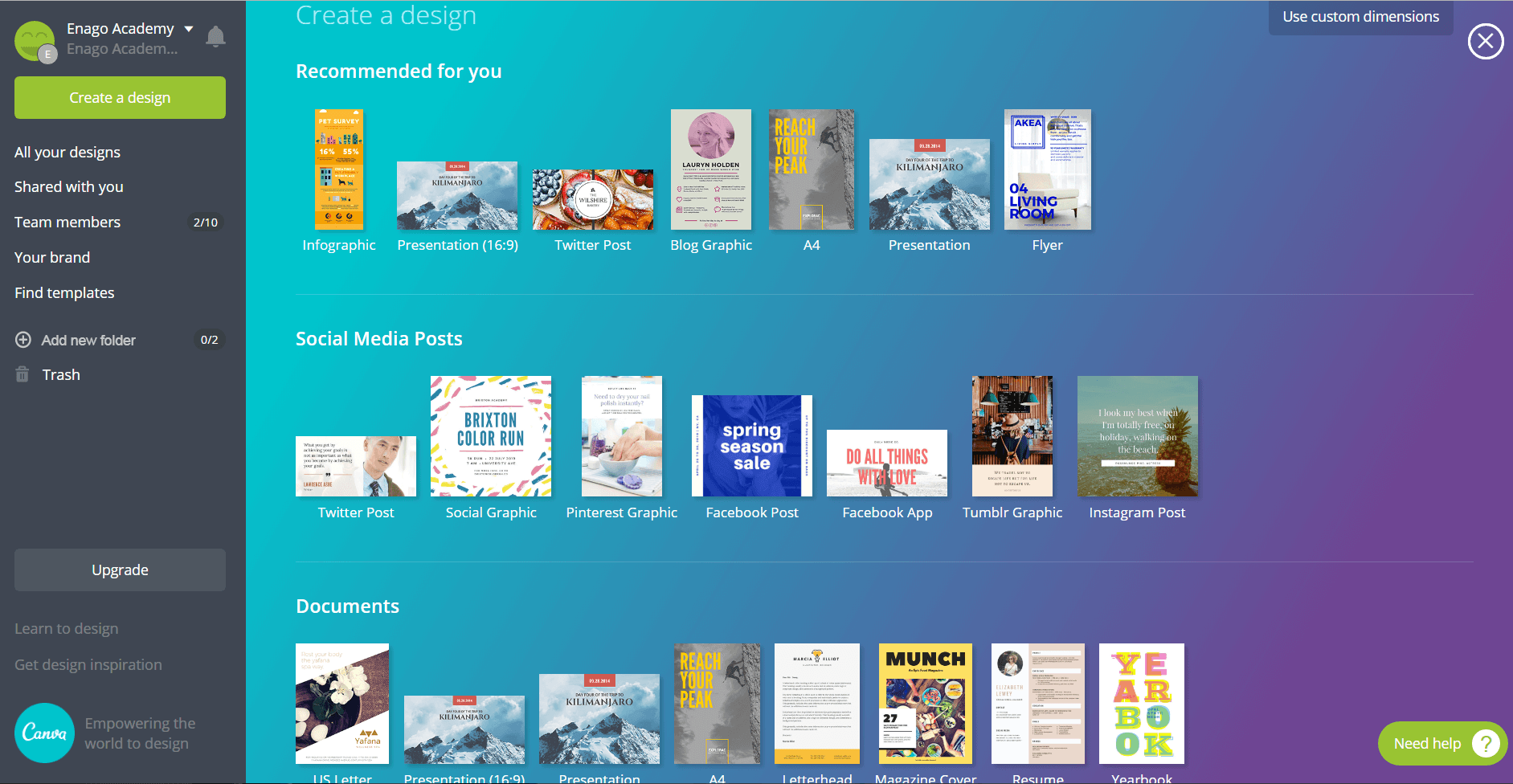Canva–Present Your PhD Research in Style & Get a Job!

Canva is a design program that began with an idea back in 2007. Founder Melanie Perkins at the University of Western Australia taught students how to use various design programs and felt that some of these programs were difficult to learn and use. Along with her co-founder, Cliff Obrecht, Perkins developed the idea to expand that same technology to create Canva.
About the Program
Canva was created to help novices and professionals create designs and documents. A large number of templates for layouts allow the users to create their own presentations without having to start from scratch with a “blank page.” The users can then customize the designs to fit their needs and those of their audience.
The available templates for designs range from those for presentations and posters to those for banners and invitations.
Tool for Students and Researchers
If you are a researcher, you will be required to create graphs and other presentations as part of your research papers or to solicit funding. A user-friendly graphics program such as Canva can be of great help. It can not only help you save time but also create professional and impactful designs.
Students and researchers can explore its many features to create following resources:
-
- Research presentations for conferences: You can customize the dimensions based on organizer’s requirements or use custom templates.
- Event posters or banners: You can create posters and banners of custom dimensions using different design elements.
- Graphical representation of research: You can use these graphics to depict results or summarize your research for sharing and promotion.
- High-quality infographics: You can use these to help readers visually understand complex data and detail.
- Social media posts: You can effectively use these graphics to promote research on social media handles such as Twitter, blogs, and more.
Different layouts available on Canva
Key Features
Canva offers several key features that can help you create high-quality images and graphics in a quick and easy way.
Image editing tools: It offers features not only to straighten and crop image but also to add text and add filters or transparency levels.

Image editing tools to apply filters and transparency levels
Design elements: A variety of icons, shapes, illustrations, frames, and photos are available in both paid and free versions to enhance your graphics.

Different design elements to enhance your graphics
Graphs and charts: These features can help you compare quantities, track changes or differences, and represent relationships between different elements to depict information in an easy-to-understand way.
Templates and grids: With options to use pre-defined or custom templates and grids, you can use your creativity to make your own designs.

Text-editing options offered by Canva
Moreover, Canva also offers online workshops for beginners. For instance,
- This is Canva: For those who seek a new design medium, this introductory workshop provides instructions on the program’s user-friendly interface and special features.
- Fonts, Colors, and Images: Provides typographic concepts that include different font types and their uses, how to best use color, and how to use filters to set your personal tone.
- Background Shapes and Layouts: Teaches structure and design hierarchy and what to use to highlight the main points of your presentation.
If you are already a Canva user, we would love to hear about your experience with this exciting tool. Does it make your work with colleagues more effective? Is it easy to use? Which features do you like most? Please feel free to share your thoughts with us by commenting in the section below.










